Software product development is not an easy process. Market conditions, increasing competition, government policies and global trends make product development a complex process. Hence, it is necessary to have a clear roadmap about software product development. The New Product development process provides a clear roadmap to develop new products and launch them in the market.
Stage 1- Idea generation
Good ideas are the foundation for successful ventures. Hence, it is necessary to find new ideas to enhance your product features. Ideas help to define product requirements. A good technique is to focus on customer experience and customer problems while generating ideas. Researching competitors’ products, product design software can help to find new ideas. Such market research helps in product development. One more technique of generating ideas is to anticipate the needs of customers. Another good strategy to generate ideas is to analyze customer feedback. One can also collaborate with software product development firms which provide various software product development services like product design.
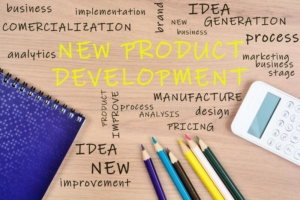
This image is taken from https://www.dreamstime.com
Stage 2- Idea Screening
Screening is necessary to discard ideas that are not feasible or are unaligned with the company’s objectives. To shortlist ideas, use parameters such as competition, resources available, budget, consumer needs, company’s brand values and other external factors. The external factors can be global trends, government policy, feasibility etc. One approach could be to classify factors into essential, very essential, unimportant. This classification will help to decide factors to consider while screening. You can also take help from experts in your field to shortlist ideas for your product. You can also analyze consumer choices to finalize ideas about your product. Another good technique is to consult agile development experts to shortlist technical requirements for your product.
Screening Techniques
1) Make a checklist
Rate ideas from a range of 0-10, or good or poor on various factors and information available. Choose only essential factors for rating. If the idea is appropriate, considering relevant factors, mark it as Pass, otherwise write Fail.
2) Conduct a SWOC analysis
SWOC stands for Strengths, Weaknesses, Opportunities and Challenges. This step involves listing down the capabilities and advantages, the aspects which require improvement, the potential opportunities and potential challenges for your product. Also, list down the details of various team members to understand if you have the required skill set for your product. This analysis will help to give a definite direction for product development.
Stage 3- Concept Development
In this stage, the product team develops all ideas about the product design, features, production, required resources and external factors. It is essential to define ideas in the way the customers will view them after completion. Concept development also includes details of how the product will benefit the end-users and impact various sectors. Following are some other details included in product concept development:
1) Basic features like color, size, shape, privacy, terms of use.
2) Points related to price, storage, disposal, other major and minor features.
3) Benefits of the product
Stage 4- Test the product concept
Select a group of people who can benefit from the new ideas. Such a group is called a focus group and consists of about 20-30 members. Then, assign a product team member to give an overview of the product and its main features. After some time, ask the group for feedback.
Keep the following thing in mind while giving an overview of the product:
1) Logically group related topics and categorize them.
2) Use simple language that everyone can understand
Product concept testing techniques
Use the following product concept testing techniques after deciding how to evaluate the responses.
1) Interviews- Initiate structured interviews with customers where you ask specific questions about the product concept
2) Questionnaire/Survey- Gather customer feedback through questionnaires or surveys that contain specific questions related to product features and customer experience. The questionnaires or surveys can be online/offline.
Stage 5- Start product development
At this stage, the actual process of product development process starts. Members of the product team carry out tasks within a specific time. The team creates a prototype for the product. A prototype is an early version of a product built to test the product’s various aspects. This prototype helps to make the finished product. The team also creates the marketing strategy after identifying the product market. One can also use agile technology to enhance the product features and give the product a unique look. If the steps for creating the project are well defined and documented, it is easy to carry out the product development process.
Stage 6- Test the product
It is necessary to test all product aspects including the software quality.
Testing includes the following two stages:
1) Internal testing– This testing is by the testing team of the organization. The testing can be done manually or by automation. Test automation implies the use of special software which automatically tests the product. It is faster than manual testing and executes a scripted set of instructions to test the product software. Then, it reports the outcome. It also saves time for testing repetitive product functions. However, test automation is not possible for all features. Some exceptional cases require manual testing.
2) External testing- In this stage, the company selects a group of people to test the product. These people use the product and give accurate feedback about the product’s performance.
Stage 7- Product launch
At this stage, the company makes decisions about the budget, manufacturing facilities, product distribution and product marketing. The formulated marketing strategy requires proper implementation. It is also vital to decide the appropriate date and place to launch the product. Market conditions and analysis of competition are some factors that determine this decision. The company also decides whether to launch the product on a large scale or at a small scale.
Conclusion
It is necessary to accurately accomplish all seven stages of software product development for product success. A clear strategy and definite steps to execute all the stages are required. Debugee is one of the leading software product development companies in India. If you want any software product development services, contact us at contact@debugee.com.

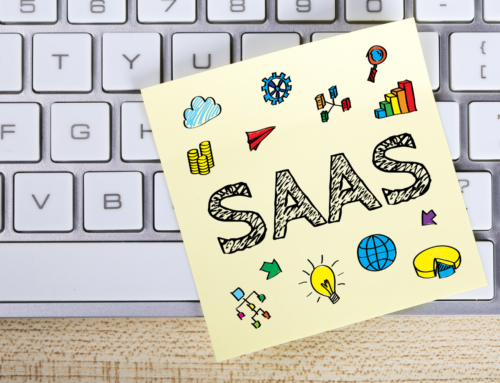
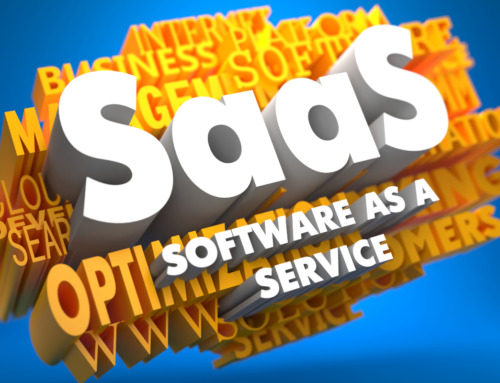

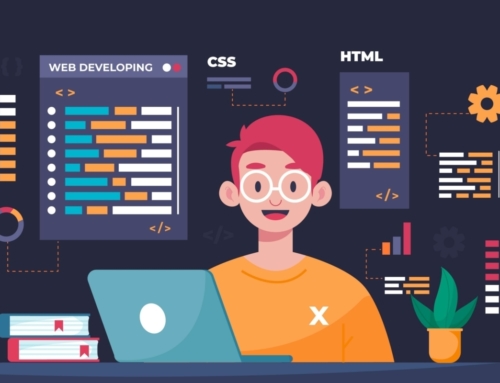
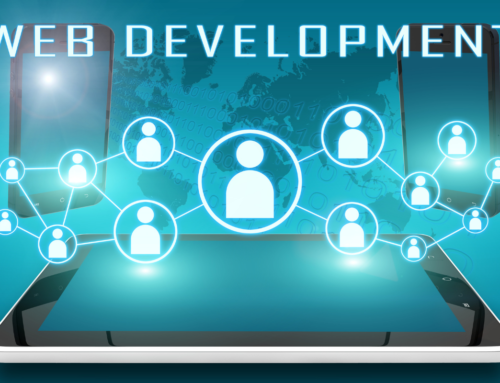

Leave A Comment